SteelSeries Siberia Elite Prism Review
Peter Donnell / 10 years ago
Performance
Connecting the headset to your system is really easy, especially with so many options available. I’ve opted for the USB sound card for my primary tests as this will allow me to use the downloadable SteelSeries Engine to tinker with EQ settings and more.
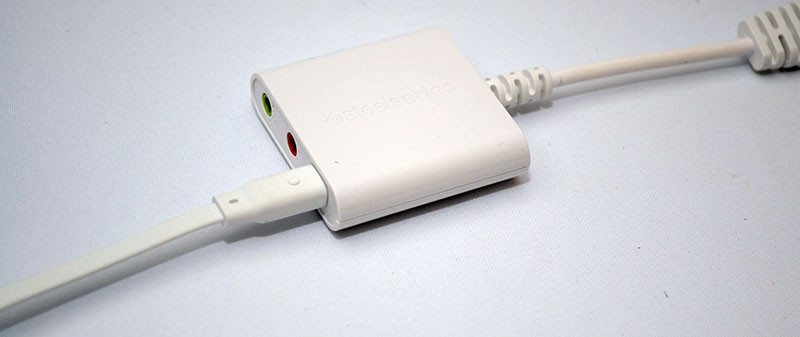
Once connected, the headset sparks to life and the inner ring of the drivers gives off a gorgeous orange glow; this colour can be set in the Engine software RGB selector panel.
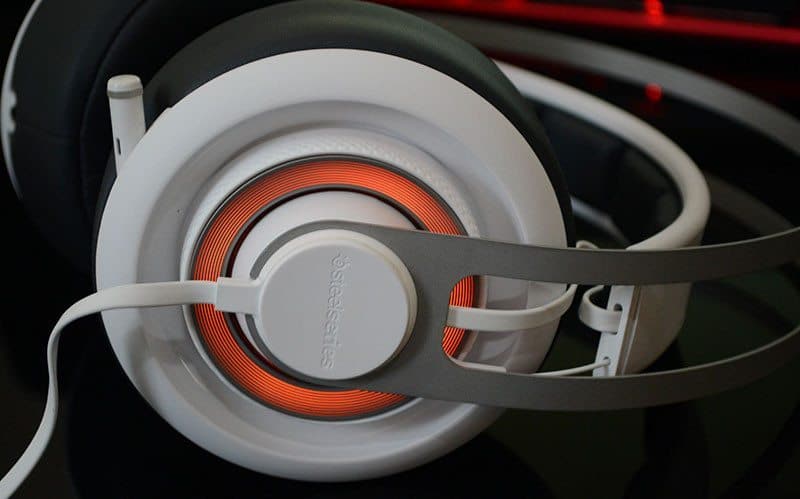
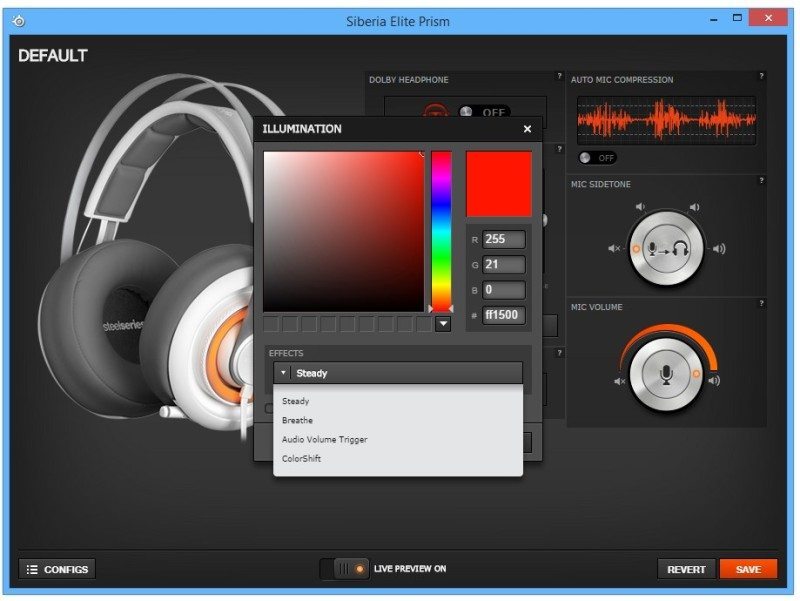
The software is really nice, with a simple and easy to use layout that makes it easy to adjust a wide range of settings and profiles on the headset. When I connected the headset, the first thing that came up was a firmware update for the headset, naturally, I installed that straight away and it only took around 30 seconds to complete.
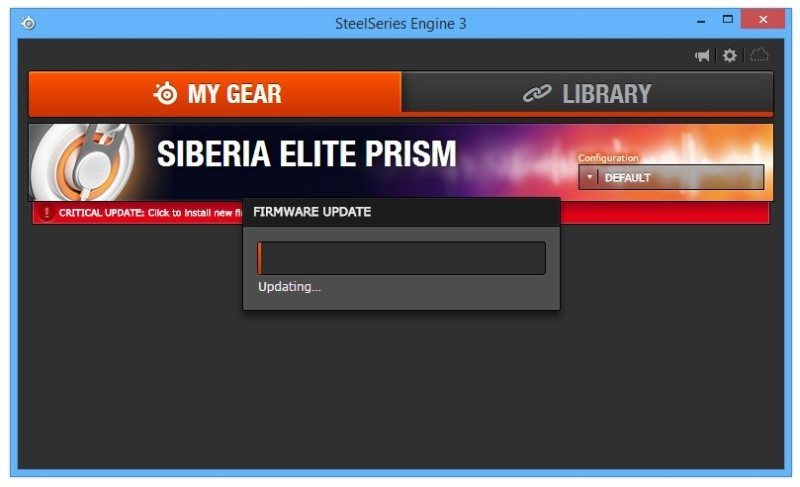
When I first set up the headset, I immediately got to work with a few of my favourite albums and I have to admit that I was incredibly disappointed by the stock performance. The maximum volume was appalling, with no power behind it at all. I mean, it sounded good, but there was just no “wow” there, no power, nothing of the sort and that’s a real shame for a headset that teases you with such powerful looking drivers.
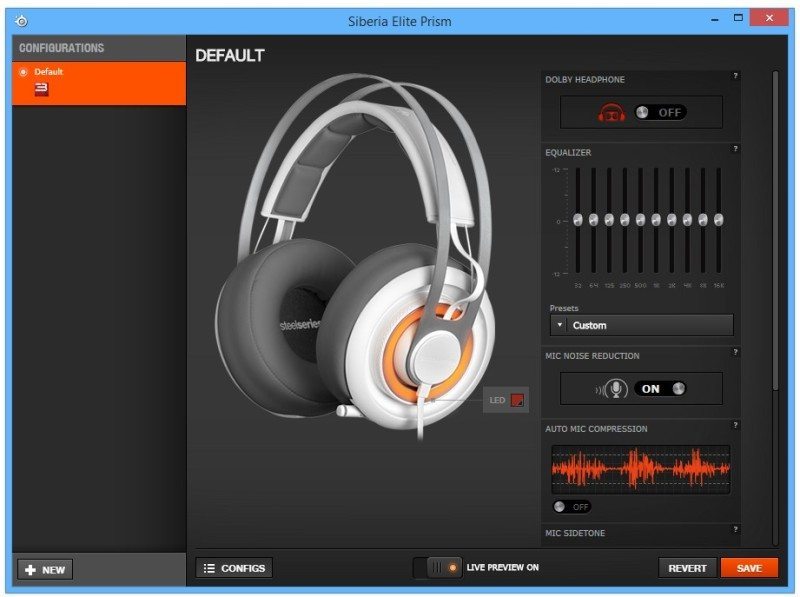
The trick to this headset it seems lies in the EQ. The headset is heavily restricted at stock settings and encourages you to play with the profiles and the EQ. There are pre-set profiles for the lazy, but I was only really happy with the settings you see below. This brought the headset into the performance range I was looking for, unlocking the maximum volume levels through the EQ and damn, does it sound good. Blasting through anything from hip-hop to death metal was a real treat and the detail in the sound is great; so long as you put in the EQ tinker time first.
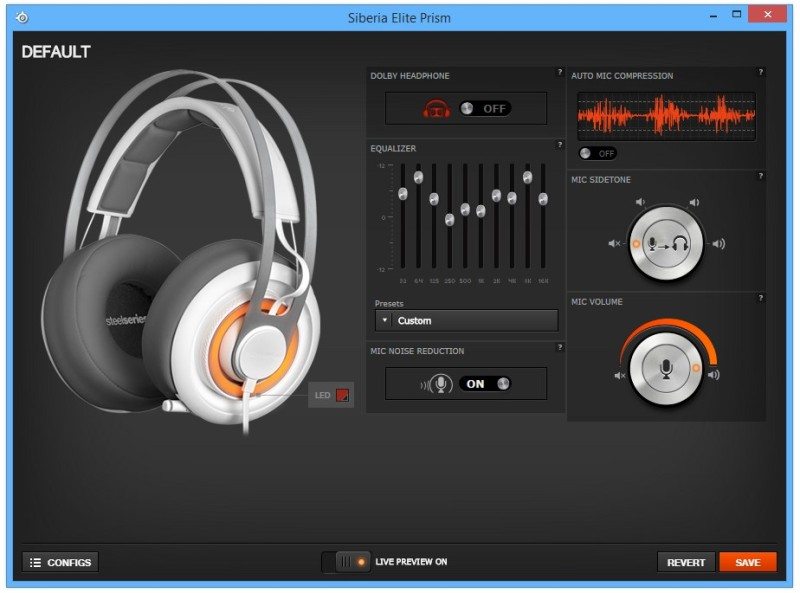
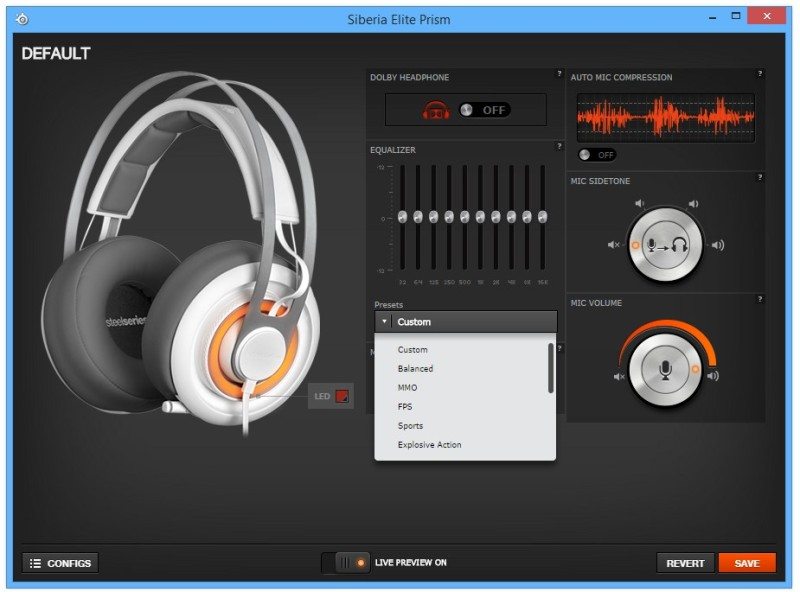
Gaming performance on the Elite Prism is great, the stereo separation on this headset is amazing, giving you a huge and open soundscape that fools your ears into hearing bigger speakers that are at a good distance from you, rather than small speakers strapped to your head. This means that distant sound effects and effects that pan across the soundscape have incredible range to them and that only gets better with the Dolby mode enabled. I generally hate virtual processing, but I have to tip my pretend Fedora at SteelSeries, as watching a few scenes from The Hobbit and Transformers 2 proves just how far surround processing has come; very impressive.
There is of course a catch, with the Dolby mode enabled, I ran into more volume troubles and even with the EQ, I found the max volume was cut down again; this is getting bloody ridiculous SteelSeries, this is a powerful headset and I would like to use that power as I see fit please!
Gaming performance on the Elite Prism is much the same as above, incredible, distortion free sound with exceptional sense of direction from the sound. The microphone is pretty great too, it’s clear, the sensitivity is good and the fold away design is nice for when you just want to enjoy a few single player games.
Connection the headset to my PS4 worked perfectly, no problems there and the microphone worked great again for team chat. Mobile device performance was surprisingly good too, if anything, it was a little better, as my phone pushed more volume through the headset. This sparked me to ditch the USB sound card and wire the headset directly into my Silverstone 600Ohm headphone amp and DAC. I immediate lose the Dolby processing and any EQ settings from the headset, but I was able to run the drivers as they were intended and I have to say, the headset sounded sublime enough to satisfy my inner audiophile. It seems SteelSeries issues lie with a power restricted USB sound card; something they may be able to address with another firmware update.



















